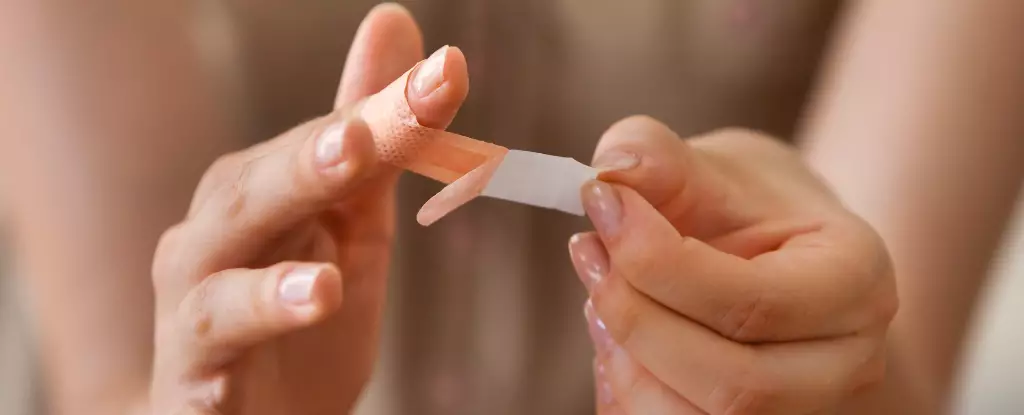Paper cuts are one of those minor injuries that most people have experienced at some point in their lives. However, despite their common occurrence, the physics behind how a thin piece of paper can slice into human skin is not well understood. Physicists from the Technical University of Denmark recently conducted experiments to shed light on this phenomenon.
The research conducted by physicists Sif Fink Arnbjerg-Nielsen, Matthew Biviano, and Kaare Jensen revealed a critical feature of paper sheets that are most likely to cause paper cuts: a thickness of around 65 micrometers. This thickness is ideal for maintaining the structure of the paper while still being sharp enough to cut into the skin. Thinner papers buckle on contact, while thicker papers are too blunt to cause a cut.
While paper cuts are generally considered minor injuries that cause temporary discomfort, some individuals may be more susceptible to complications from a paper cut. The researchers suggested that certain paper products, such as office paper or magazines, may pose a higher risk of causing paper cuts due to their thickness and sharpness.
The physicists conducted experiments using sheets of paper of varying thickness to determine the optimal conditions for causing paper cuts. They sliced the paper across blocks of gelatin to simulate the flesh and used a machine to control the speed and angle of the cut. Thinner papers resulted in buckling, while thicker papers only left an indentation. The optimal thickness for slicing through human flesh was found to be between 50 and 100 micrometers, with 65 micrometers being the most hazardous.
Based on their findings, the researchers developed a low-cost paper scalpel called the Papermachete, which was able to cut through various food items such as apples, chicken, and peppers. While the Papermachete may not replace traditional metal knives, it serves as a handy tool for cutting in a pinch. The researchers also emphasized the importance of considering the slicing angle in determining the effectiveness of paper cuts.
In addition to developing tools to reduce the risk of paper cuts, the researchers highlighted the role of user habits and dexterity in preventing injuries. They suggested adhering to a strict near-normal contact regimen when handling paper to minimize the likelihood of cuts. By being more mindful of how we handle paper, we can reduce the risk of experiencing painful paper cuts.
The physics of paper cuts is a fascinating area of study that offers insights into how the thickness and sharpness of paper can influence its cutting ability. By understanding the optimal conditions for causing paper cuts, we can develop safer paper products and tools while also taking precautions to prevent injuries. Next time you reach for a piece of paper, remember to handle it with care to avoid those pesky paper cuts.



Leave a Reply